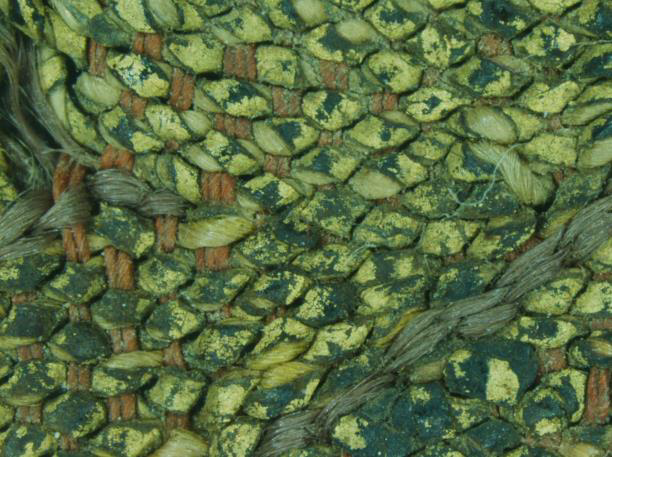User: Cristina Scibè
http://www.us.es/eng/centres/uscentres/centro_1
Venue: IPCE, Spain; OPD, Italy
The METHIT project focuses on the study of metal threads incorporated (interwoven in fabrics or used for embroidery) into medieval textiles of al-Andalus, Sicily and Lucca from 11th to 15th centuries.
The main aim of this research is to gain knowledge about metal threads manufacturing technology (materials and techniques) in order to characterize Arab craftsmen’s techniques and understand their different developments in every textile workshops (tiraz) of al-Andalus and another Mediterranean land, such as Italy. Moreover, one of the most interesting goals of the research is clarifying whether or not raw materials are imported or manufactured locally, and reconstructing in this way the ancient trade routes.
In order to develop the present research, I planned to use an interdisciplinary methodological approach, both historical and scientific, based on the accurate interpretation of written records, the review of the analytical data already achieved in this field, and the investigation of specific case studies. In this connection, the ARCHLAB Access to the archives of the Laboratory of Materials of the IPCE enabled me to collect scientific data on metal threads. The investigation performed by the Instituto del Patrimonio Cultural de España (IPCE) of Madrid is one of the most important contributions to the historical and technical study of Hispano-Islamic textiles, and it represents the most comprehensive work in this field.
By this experience, I acquired documentation useful for the interpretation of the results of my further analysis. All these information will help me develop reliable final conclusions on metal threads manufacturing techniques.
The second ARCHLAB Access was to the archive of the Scientific Laboratories of the OPD. This access enabled me to know the results of their copious studies on metal threads and the analytical method they followed, and finally to collect scientific data on metal threads useful for my research.
The third visit was to the Cultural Heritage Agency of the Netherlands (RCE) which is closely involved in supporting and improving art history, conservation, and investigation of the cultural heritage. An RCE section is located in the “Ateliergebow” in Amsterdam. Here, among the various fields of research carried out, textiles preservation and investigation cover a relevant role.
Printable version (IPCE)
Printable version (OPD)
Printable version (RCE)

